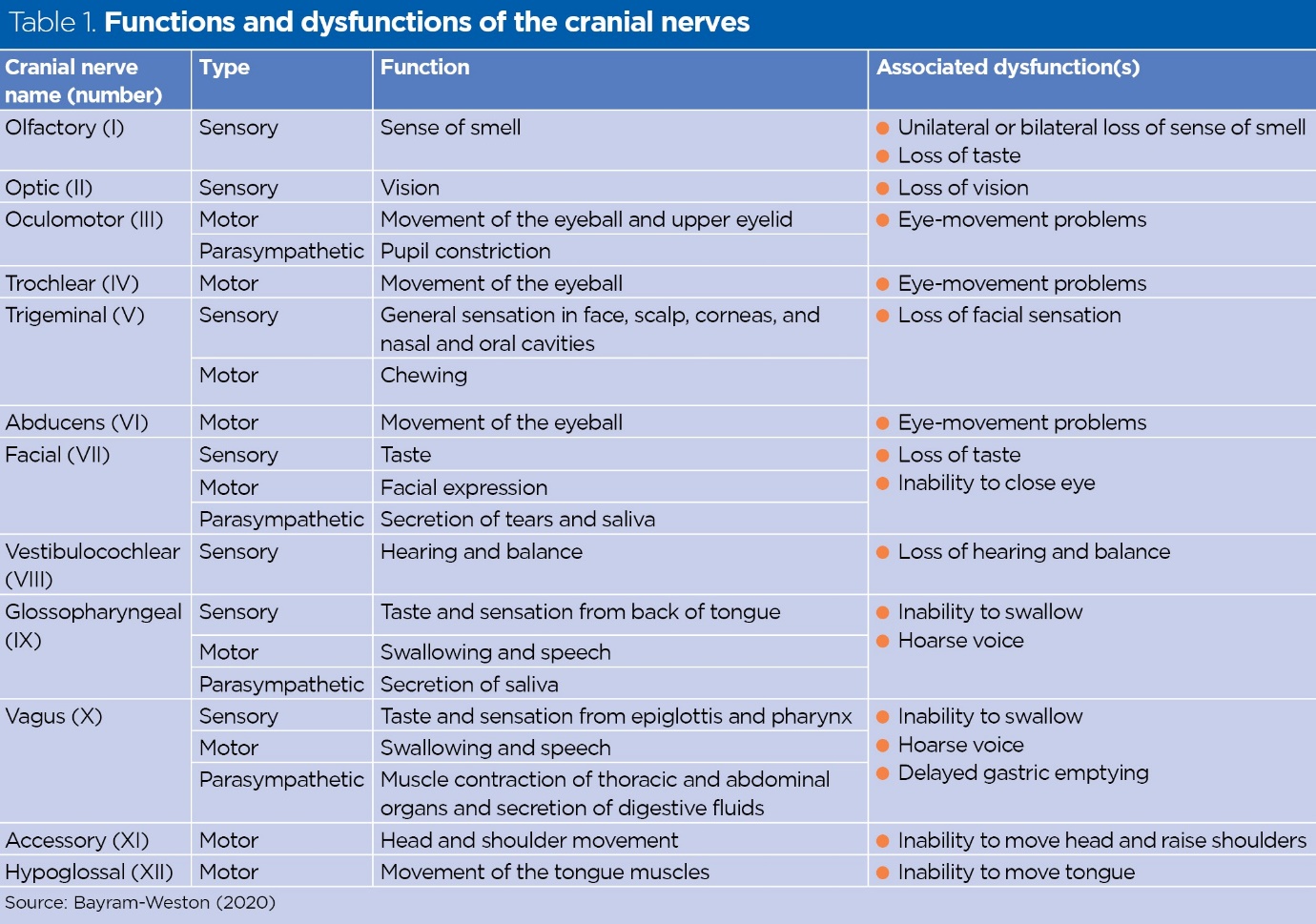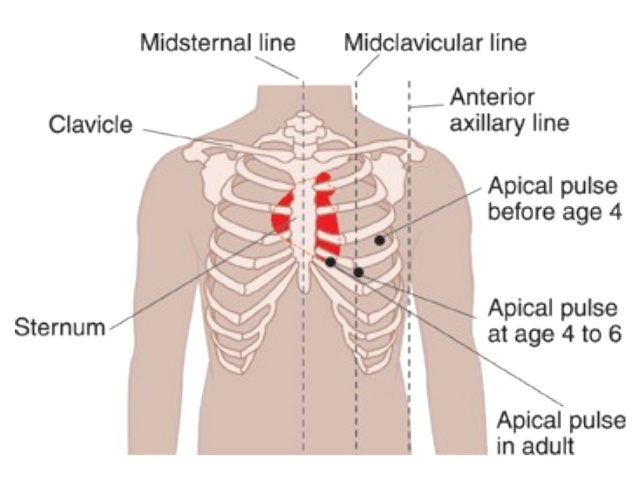The nurse is preparing to measure the visual acuity of a client. The nurse should recognize that which of the following cranial nerve should be assessed:
VI
V
II
III
The Correct Answer is C
A. VI
Cranial Nerve VI is the Abducent Nerve, which controls the movement of the lateral rectus muscle, allowing the eye to move laterally (abduct). Dysfunction of this nerve can cause difficulty in moving the eye outward.
B. V
Cranial Nerve V is the Trigeminal Nerve. It has both sensory and motor functions. Sensory functions include providing sensation to the face, sinuses, and teeth. Motor functions include controlling the muscles used for chewing (mastication).
C. II
Cranial Nerve II is the Optic Nerve. It is purely a sensory nerve responsible for vision. The optic nerve carries visual information from the retina of the eye to the brain.
D. III
Cranial Nerve III is the Oculomotor Nerve. It is primarily a motor nerve but also has some autonomic functions. It controls most of the eye movements (except lateral movement controlled by VI) and regulates the size of the pupil and the shape of the lens in the eye for focusing.

Nursing Test Bank
Naxlex Comprehensive Predictor Exams
Related Questions
Correct Answer is C
Explanation
A. Xerostomia: Xerostomia refers to dry mouth, which is caused by reduced saliva production. While it can be a symptom of various conditions, it is not directly associated with facial drooping after a stroke.
B. Epistaxis: Epistaxis is a medical term for a nosebleed. It occurs due to the rupture of small, delicate blood vessels within the nose. While it can happen independently of a stroke, it is not directly related to facial drooping caused by a stroke.
C. Dysphagia: Dysphagia refers to difficulty in swallowing, which can occur after a stroke due to muscle weakness, including the facial muscles. Facial drooping on one side can be indicative of stroke-related muscle weakness and can contribute to difficulties in swallowing.
D. Rhinorrhea: Rhinorrhea is the medical term for a runny nose, where the nasal cavity is filled with a significant amount of mucus. It is usually caused by various factors such as allergies, infections, or irritants. Rhinorrhea is not directly associated with facial drooping after a stroke.
Correct Answer is A
Explanation
A. Fifth left intercostal space at the midclavicular line:
Explanation: The apical pulse, or the point of maximal impulse (PMI), is typically located at the fifth intercostal space at the midclavicular line on the chest. This is the area where the heartbeat is best heard using a stethoscope in most adults.
B. Third left intercostal space at the midclavicular line:
Explanation: This location is too high for the apical pulse. The heart's apex is generally not found at the third intercostal space; it's lower, closer to the fifth intercostal space.
C. Fourth left intercostal space at the sternal border:
Explanation: This location is not the typical site for auscultating the apical pulse. The PMI is usually heard at the midclavicular line, not at the sternal border.
D. Under the left breast at the midclavicular line:
Explanation: This position is not precise enough for auscultating the apical pulse. The specific intercostal space (fifth) and midclavicular line are crucial for accurate assessment.

Whether you are a student looking to ace your exams or a practicing nurse seeking to enhance your expertise , our nursing education contents will empower you with the confidence and competence to make a difference in the lives of patients and become a respected leader in the healthcare field.
Visit Naxlex, invest in your future and unlock endless possibilities with our unparalleled nursing education contents today
Report Wrong Answer on the Current Question
Do you disagree with the answer? If yes, what is your expected answer? Explain.
Kindly be descriptive with the issue you are facing.
